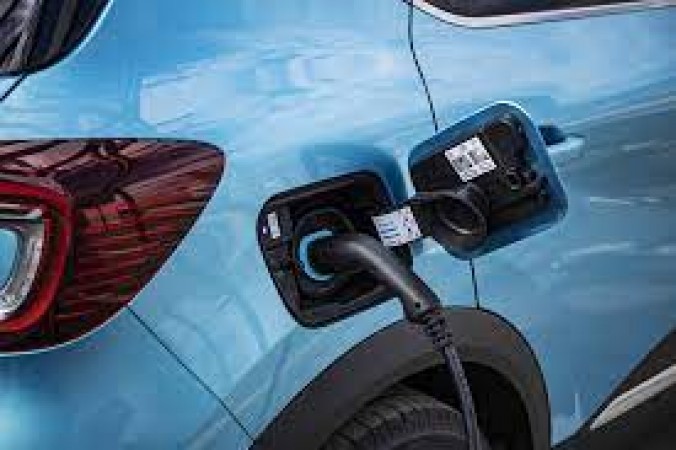
In the ever-evolving landscape of eco-friendly vehicles, the terms "Plug-in Hybrid" and "Hybrid Cars" often create a buzz. But what sets them apart? Let's delve into the intricacies in simple language to help you navigate the green road with ease.
Hybrid cars combine traditional combustion engines with electric propulsion. They seamlessly switch between the two, optimizing fuel efficiency and reducing emissions.
Plug-in hybrids, on the other hand, take it up a notch. They offer a larger electric driving range, and you can recharge their batteries by plugging into an electrical outlet. A hybrid with a power plug!
Hybrids use both gasoline and electricity, with the electric motor supporting the gasoline engine during acceleration or at low speeds. However, they don't need to be plugged in for a recharge.
Plug-in hybrids grant you the liberty to charge the electric battery externally. This means you can use solely electric power for a certain distance before the gasoline engine kicks in.
Hybrid cars have smaller batteries compared to their plug-in counterparts. These batteries assist in short bursts and regenerate energy through braking.
Plug-in hybrids boast larger batteries, enabling longer electric-only drives. This bigger battery size equips them to cover more significant distances without relying on the gasoline engine.
Hybrid cars emit fewer pollutants than conventional vehicles, but their reliance on gasoline means some emissions persist.
Plug-in hybrids, with their extended electric range, can operate with zero tailpipe emissions during shorter trips, presenting a cleaner alternative for eco-conscious drivers.
Hybrids don't necessitate external charging infrastructure. They replenish their battery through a process known as regenerative braking.
Plug-in hybrids demand access to charging stations for optimal use. Home charging or public charging points become essential for harnessing their electric potential.
Hybrids generally have a lower upfront cost compared to plug-in hybrids. Their simplicity makes them a budget-friendly choice.
With a larger battery and extended electric range, plug-in hybrids often come with a higher price tag. However, potential incentives and fuel savings may offset the initial investment.
Opt for a hybrid if you seek an eco-friendly option without the need for regular charging. Perfect for urban commuting and occasional long drives.
Choose a plug-in hybrid if you desire a more substantial electric range, the convenience of home charging, and a reduced environmental footprint.
In conclusion, whether you go for a traditional hybrid or dive into the plug-in realm, both offer eco-conscious alternatives to traditional gasoline vehicles. The choice ultimately boils down to your driving habits, charging accessibility, and environmental aspirations.